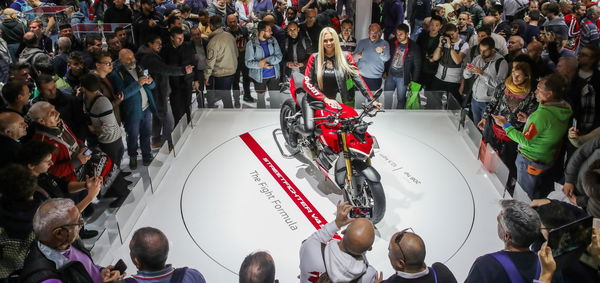Why there is no fix to stop racing deaths…but why one change could be life-saver
The WorldSSP 300 may be under scrutiny following the death of Dean Bertha Vinales but can you blame an entire series for an unfixable issue?
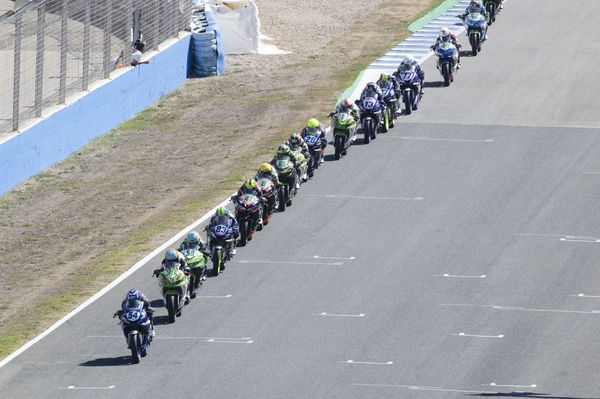
Motorsport - particularly on two wheels - is a profession that grapples with its conscience persistently.
It is one fraught with contradictions. The fastest motorcycle should win, but win too often and it might be pegged back. The culture encourages you to play to the crowd with big bold overtakes but you’re at the whim of how the stewards are feeling on the day. Mourn the death of a fellow rider while accepting danger as part of the ‘job’.
Indeed, sports are tests of many things - skills, nerve, endurance - but motorcycle racing adds a layer of risk, greater than nearly all but the most extreme sports. There is certainly no other high-profile sport where death - though fairly infrequent - becomes something you know you’ll need to process on occasion.
Frequency doesn’t lessen the impact when it happens, but it does cause you to slip into an autopilot of some description when it comes to the process of reporting, reacting and toning.
Following the tragic death of Dean Berta Vinales at Jerez in a WorldSSP 300 race, the aftermath has maintained its familiar course. After the tributes comes the inquest by public domain - the questions posed to other riders, the former champions taking to social media, the rather muted shutdown of communication from the FIM.
Opinions are just that but it provides an interesting gauge of how riders view the sport, when the death of a fellow rider allows licence to break rank and not follow the party line for fear of being censored by the powers that be.
At this point we should say that more than anything, Vinales’ death at just 15-years old is nothing less than heartbreaking. So young, in the first flushes of teenage life, killed pursuing a passion.
Secondly, the circumstances of the accident are all too familiar. Vinales came down within a close group and was struck by a rider that couldn’t avoid him. A marginally different angle might have had a difficult outcome but it’s easy to look at hypotheticals - point is, the very nature of racing makes this scenario a risk, even if the race had only two competitors in it.
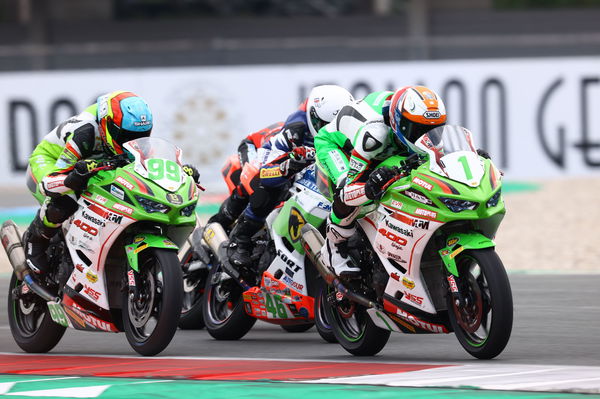
Why WorldSSP 300 format is problematic… but not the problem
What makes this incident stand out though is the circumstances around this particular championship. A huge grid of 40+ riders, most in their teenage years riding modestly powerful bikes on big sweeping circuits designed for the 1000cc WorldSBK machines they support.
Lots of young, inexperienced riders at full throttle for much of a lap makes for an logical judgement as to why this accident occurred, but is it too easy to blame the nature of the series for Vinales’ death or did the most common cause of death in motorcycle racing just happen to occur in WorldSSP 300?
Admittedly, having watched several WorldSSP 300 races over the years, there is some uneasiness to the premise. Because the 300-400cc bikes aren’t exactly powerful, long sweeping venues like Portimao mean they are at full pelt for much of the lap, which creates fine margins that leads to big groups and jostling for position, or tucking tight into the slipstream of the bikes ahead to gain a few extra mph.
It’s an issue that is very prevalent in Moto3 too, though the determination of younger riders to stand out from their evenly-matched counterparts has led to some questionable riding standards that smack of a lack of maturity. Wrists are slapped but little changes.
Accidents of course do happen and this might have nothing to do with standards, but instead merely being in the wrong place at the wrong time.
That said, one of my least favourite clapbacks in these situations is ‘risk is part of the sport’ or ‘they signed up for this to potentially happen’. It’s not necessarily untrue but it’s not what the sport is about or why anyone competes… you accept crashes will happen but you don’t go into it accepting your potential death.
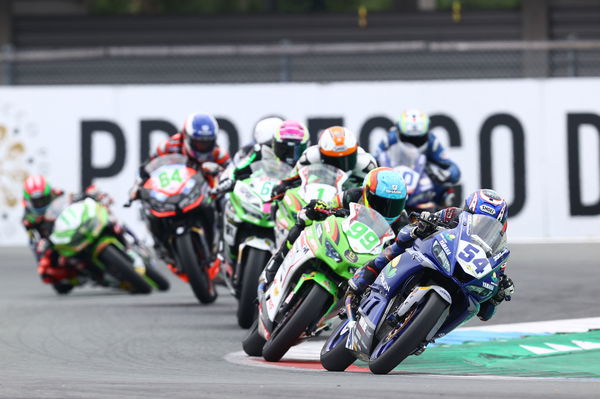
What more can be done to improve safety?
You do get the sense, however, that motorcycle racing is hitting a bit of a wall in terms of how to improve safety. Advances in safety with leathers has been instrumental and as has safety at circuits, but a flexible person coming off a twisting bike with numerous degrees of motion makes it hard to predict what will happen in an accident.
Indeed, while there is always criticism that change too often comes after a tragedy, the truth is in motorcycle racing there are more factors involved in the physics of crashing because two identical crashes will probably result in two different landings.
So you need to look at the format and this is where WorldSSP 300 perhaps opens itself up for criticism… but again, it’s a conclusion fraught with contradictions.
The riders are young, but need to start somewhere and it is arguably better doing so in a high-level incubator with the best medical care at the safest circuits.
The bikes are too close in performance but lowering or upping the power just presents a different problem.
Grid sizes are too large but the circumstances of the accident isn’t down to there being 40 on the grid, even if it doesn’t increase the potential for problems.

The exuberance and pressure of youth
Perhaps a wider scope on the sport as a whole is required. We talk about Vinales being only 15 and - rightly - it is a distressingly young age for anyone to die, let alone in a professional sport. Most who don’t race motorcycles for a profession won’t have even had a part-time job by that age.
And yet, the sport lavishes praise and adulation on the achievements of Pedro Acosta, who surged ahead in the Moto3 World Championship aged only 16. Then you have the likes of Raul Fernandez, who will make his debut in MotoGP at 20, Rory Skinner reaching BSB at 18 and even MotoGP champion-elect Fabio Quartararo, who was able to get around rules to ensure he made his Moto3 debut at 15.
In short, there is pressure on young riders to get to a high level quickly. With manufacturers selecting and grooming potential stars from a remarkably young age, it’s changing the way motorsport is absorbed by talented but immature teenagers, as well as what is expected from those making the investment.
It can’t be blamed wholly on accidents that occur but a duty of care at a personal level to ensure the ‘winning at all costs’ mentality that is driven into a developing mindset in a pressured situation is tempered enough to ensure such tunnel vision doesn’t translate into a careless accident.
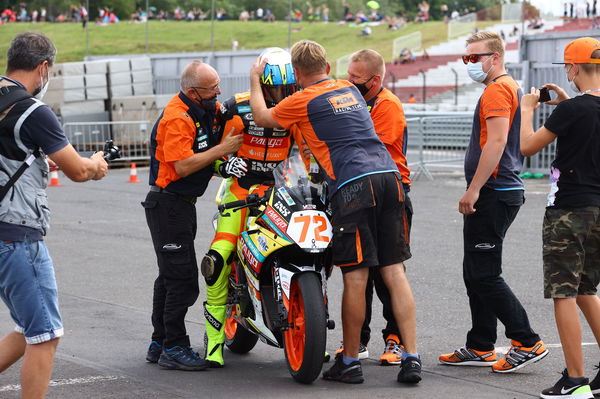
The fix that you may never see
There isn’t a fix to solve the circumstances that led to Vinales’ death - it would have been resolved already had it existed - but instead it comes down to a more nuances, personal level where riders can compete with trust in fellow riders in close combat or anticipating an incident.
WorldSSP 300 itself could stand to widen the margins with fewer riders to splinter the groups more, or even up the pace to leave less of a reliance on slipstreaming at close quarters, but it has a value in that it gives said riders the experience and greater knowledge of the dangers motorsport will always represent.
Sweeping changes won’t take away the circumstances… but - while you may never see it in real-time action - education, coaching and mentoring has the power to literally swerve an accident and with it tragedy.
